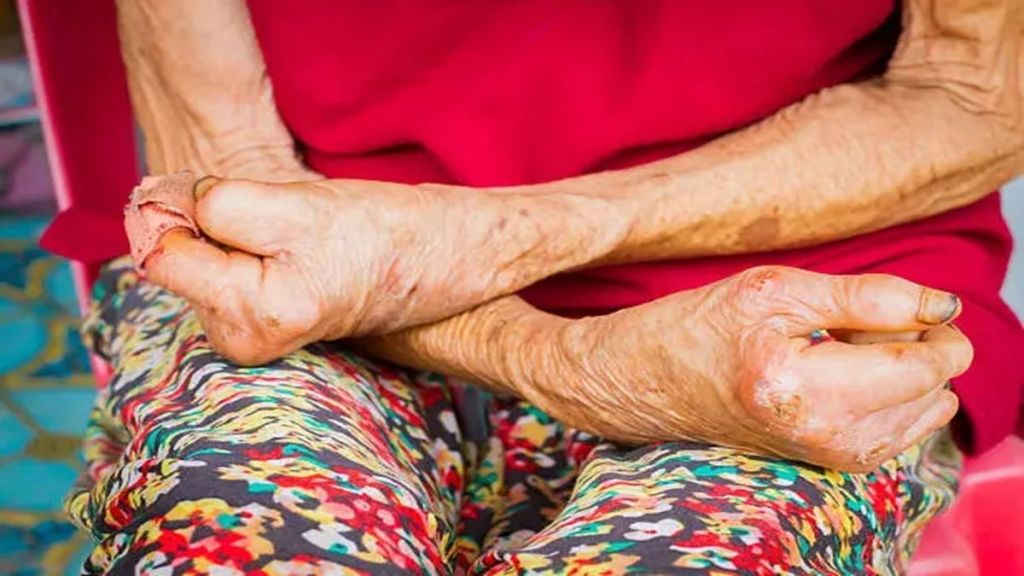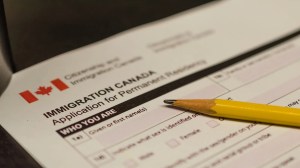Leprosy in India: India is witnessing a surge in leprosy cases in several parts of the country. According to a report by Indian Express, Mumbai has been recording an increase in leprosy cases with 626 cases in 2022-23.
While quoting health department data, Indian Express reported an increase of 87 per cent from 2021-22 when it recorded 335 cases. In 2022-23, the number of newly detected leprosy cases surged to 626, the highest since 2013-14 when 627 cases were reported.
Reportedly, the increase in the proportion of patients in an advanced stage of the disease is a cause of concern among health experts. In February this year, Health Minister Mansukh Mandaviya said that India still accounts for over half (52%) of world’s new leprosy patients.
Meanwhile, cases of leprosy have increased in the Southeast United States. Consequently, health experts are concerned that this infectious disease may soon become endemic in the region.
According to the US Centers for Disease Control and Prevention (CDC), central Florida accounts for nearly one-fifth of all cases in the nation and was responsible for 81% of the cases reported in the state.
What is Leprosy?
According to the World Health Organization (WHO), leprosy is a chronic infectious disease which is caused by a type of bacteria called Mycobacterium leprae. The disease affects the skin, the peripheral nerves, mucosa of the upper respiratory tract, and the eyes.
The global health agency maintains that leprosy is curable and treatment in the early stages can prevent disability. A person affected by leprosy often faces stigmatization and discrimination.
It is Neglected Tropical Diseases (NTDs) occur in more than 120 countries, with more than 200 000 new cases reported every year.
As per data of 2019, Brazil, India and Indonesia reported more than 10 000 new cases, while 13 other countries (Bangladesh, Democratic Republic of the Congo, Ethiopia, Madagascar, Mozambique, Myanmar, Nepal, Nigeria, Philippines, Somalia, South Sudan, Sri Lanka and the United Republic of Tanzania) each reported 1000–10 000 new cases, WHO revealed.
How leprosy is transmitted?
According to WHO, leprosy is transmitted through droplets from the nose and mouth. Prolonged, close contact over months with someone with untreated leprosy is needed to catch the disease, the global health agency maintained.
It is noteworthy that the disease does not spread through casual contact with a person who has leprosy like shaking hands or hugging, sharing meals or sitting next to each other.
When the treatment begins, the patient affected with leprosy stops transmitting the disease.
What are the symptoms of leprosy?
According to CDC, the disease can cause skin symptoms such as:
- Discolored patches of skin, usually flat, that may be numb and look faded (lighter than the skin around)
- Growths (nodules) on the skin
- Thick, stiff or dry skin
- Painless ulcers on the soles of feet
- Painless swelling or lumps on the face or earlobes
- Loss of eyebrows or eyelashes
Symptoms caused by damage to the nerves are:
- Numbness of affected areas of the skin
- Muscle weakness or paralysis (especially in the hands and feet)
- Enlarged nerves (especially those around the elbow and knee and in the sides of the neck)
- Eye problems that may lead to blindness (when facial nerves are affected)
Symptoms caused by the disease in the mucous membranes are:
- A stuffy nose
- Nosebleeds
If left untreated, the signs of advanced leprosy can include:
- Paralysis and crippling of hands and feet
- Shortening of toes and fingers due to reabsorption
- Chronic non-healing ulcers on the bottoms of the feet
- Blindness
- Loss of eyebrows
- Nose disfigurement
Other complications that may sometimes occur are:
- Painful or tender nerves
- Redness and pain around the affected area
- Burning sensation in the skin
How leprosy is treated?
According to CDC, leprosy is treated with a combination of antibiotics. Typically, 2 or 3 antibiotics are used at the same time. Treatment usually lasts between one to two years. The illness can be cured if treatment is completed as prescribed, the healthy body revealed.









